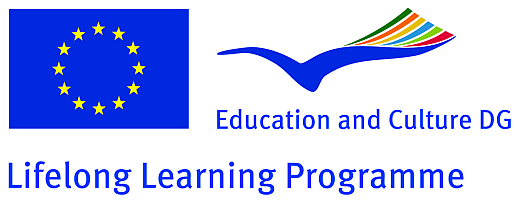Blogs TAG cloud
Community of PASS users
Sorting
Category: Phase 0I decided to try TA sorting technique with my 3 year old daughter Dana. This is the first time of a such sort of activity.
There were apples on the tables and I suggested her to find apples for a small mouse. She found one, but I told her that these are apples that a mouse would prepare fora long winter . Then she took all small apples from the plate and looked intrigued.
So I told her that small mice, friends of our little mouse will come soon and, as the plate is very small for all apples, we have to put these small apples in two plates. Dana divided apples in halves. Then I told her that, as far as I know one of these mice doesn’t like apples with worm traces. So she separated such apples from the rest.
As I see now, I guided her sorting, telling her what she should look at when sorting her apples (size, signs). Next time I am going to be less helpful, giving her chance to find features herself.
PASSblog Archive
- 2014 (4)
- July (2)
- What about Franklin?
- Animal cards
- June (1)
- Let's compare books!
- January (1)
- Nursery rhymes
- 2013 (22)
- November (2)
- A game in the target language
- Online cooking game
- September (5)
- Language experience with my children
- Sorting
- An English patient.
- Numbers
- Cartoons in the target language
- August (1)
- A new book in English
- July (9)
- Our first attempt
- Guess again...
- In a mood for a TV show...
- Dialogue about Pinocchio
- A sorting game
- February (5)
- New video from PASS
- Welcome!
- Reading to the child (part 1)
- Reading to the child (part 2)
- Reading to the child (part 3)









